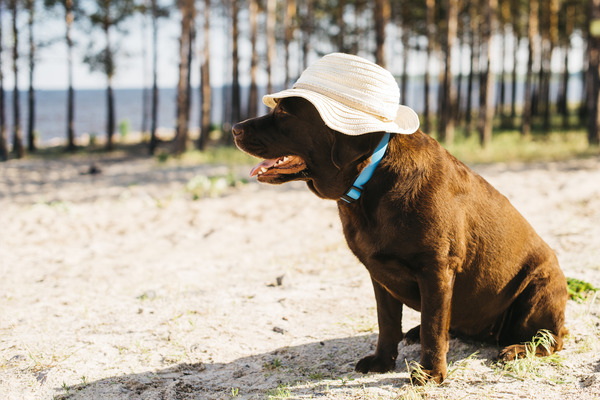Dogs with high energy levels push their limits, even in extreme heat. Heatstroke in active dogs happens fast and can cause organ failure. Recognizing risks and making smart adjustments can prevent this life-threatening condition.
Surprising Signs of Heatstroke
Many assume panting is the first sign, but some dogs show early distress differently. Sudden clumsiness or a lack of response to commands can indicate overheating. Some dogs become unusually quiet, while others get agitated. If your dog suddenly refuses to move, take it seriously.
Uncommon Heatstroke Triggers
Heatstroke isn’t just about running in the sun. High humidity can stop dogs from cooling down properly, even in the shade. Hot surfaces like sand, rocks, and artificial turf trap heat and make overheating worse. Even riding in a poorly ventilated car can be dangerous, even if the windows are open.
Cooling Techniques Beyond Water
Water helps, but other cooling methods work just as well. Rubbing alcohol on a dog’s paw pads cools them quickly. A wet towel under the belly helps draw heat out fast. Offering frozen bone broth cubes keeps hydration levels up while cooling from the inside.
The Dangers of Overhydration
Too much water too quickly can make things worse. Overhydration leads to bloating, nausea, or even water intoxication. Offer small amounts at a time and avoid forcing your dog to drink. Electrolyte-based dog drinks help restore balance better than plain water alone.
Why Fitness Increases Risk
Super-fit dogs often ignore their own limits. They don’t stop even when overheating, making them more prone to collapse. Structured rest breaks and forced cooldowns are essential. If your dog resists slowing down, use cooling gear to prevent overheating.
Heatstroke in Active Dogs Can Be Avoided
Active dogs don’t know when to quit, so prevention is key. Know the hidden risks, use smarter cooling techniques, and watch for subtle signs. A proactive approach keeps your dog safe, strong, and ready for adventure.






